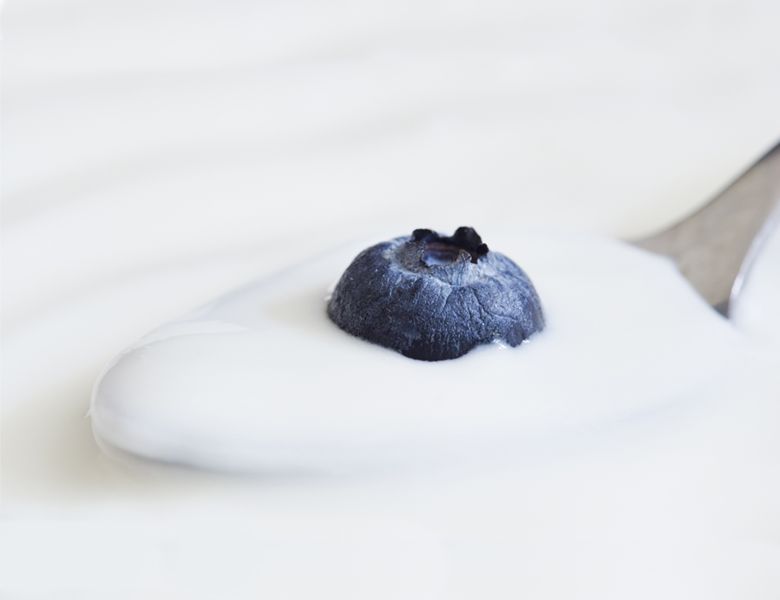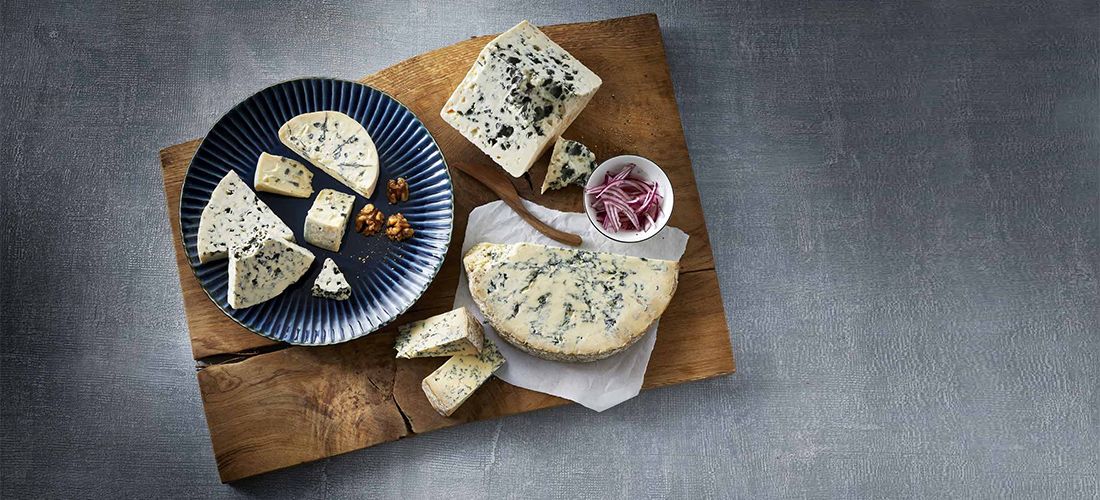Animal-free milk; Challenges and prospects

- | آتاماد | News |
- 443
Milk cannot simply be recreated in a lab, because it is more than a mixture of components. Some startups have claimed that they can sustainably and commercially produce animal-free “milk”.
Although we reimagine milk as a simple collection of components with added color, these claims are not likely to be realized anytime soon.
To describe these “novel” processes several terminologies are being used, one popular which is precision fermentation, which is the same as microbial fermentation used more than 30 years ago to produce recombinant calf rennet. The gene from the calf was inserted into an industrial strain (yeast or bacteria) to make rennet via microbial fermentation. After being grown in a fermenter the rennet protein was then isolated and purified.
It is not surprising that startups are aimed to apply this same technology to recreate a single milk protein; recently, whey protein was produced by this method. Functional, simple proteins with sufficient value have been commercially produced by this approach for decades by the enzyme and dairy industries.
But the question is, can this approach be adopted to recreate milk?
The challenges to recreating milk
There are tremendous challenges to recreating milk. Large, complex aggregates of four casein proteins are casein micelles, which are the caseins found in milk. So, four fermentation systems are needed to make all four caseins.
Although microbes could produce the caseins via fermentation, they cannot replicate the extremely complex process that specialized enzymes do on caseins in the mammary cells of cows. These series of complex processes are called post-translational modifications and induce the modification of the caseins (by adding salts such as calcium and phosphates), thus caseins get their functionality, such as their ability to bind calcium or to be destabilized by rennet in cheese making. Not all the enzymes involved are known, or commercially available. The end result of these complex biochemical processes is the assembly of caseins into beautiful, naturally produced bio-structures called casein micelles.
Another obstacle is if all the biosynthesis challenges could be met, whether a microbial fermentation process could someday cost-effectively improve upon a cow in producing milk. By simply eating grass, the cow can produce 8 gallons or more of milk every day. The cow’s digestive system includes complex microbial fermentation (in the rumen), a process that takes grass and uses the fermentation end products to produce nutritious milk components within the mammary cells.
Industrial fermentation needs feedstocks that could also be used as human food. Industrial fermentation also requires significant genetic engineering and processing to produce several components, which lack the complexity and diversity found in milk.
Cell culture is another potential technology to produce cow’s milk. In this case, cells would be mammary cells extracted from the udder of cows. These cells contain all the complex enzymes/processes required to assemble and modify the milk components that were lacking in microbial fermentation. Growing cells in bioreactors, however, are very complex and very expensive. As animal cells would be making the milk, this process would not be animal-free, but now in the lab, not in the cow.
Other food for thought
Some startup companies are claiming that they can produce cheese from animal-free dairy proteins. But without creating casein micelles, it is not possible to use rennet to coagulate milk, which is the traditional method for making natural cheese, that is why these claims are doubtful. Instead, much like how plant-based cheeses are now being made, several ingredients could be mixed together to form gelled products that are being defined as “cheese.”
In conclusion, although there is a lot of publicity and interest, it is not clear that there is a sustainable, cost-effective method to produce animal-free milk containing natural complex structures such as fat globules and casein micelles, functions like real milk for dairy processing operations, or contains the various nutritional components. We cannot easily improve upon millions of years of evolution.
Reference:
https://www.dairyfoods.com/articles/95398-a-reality-check-on-animal-free-milk
GET IN TOUCH
Copyright © 2023 Atamad.com All right reserved
Website design and SEO services by Seohama team – Web hosting by Sarverhama
Copyright © 2023 Atamad.com All right reserved
Website design and SEO services by Seohama team – Web hosting by Sarverhama








